Classic Cars, Movies, Music, and Other Stuff ...
With the Mustang in Mind, The Celica Was Affordable Fun. Like the Mustang and Capri before it, the Toyota Celica was developed to provide a fun driving experience without breaking the bank. Toyota cars till then ranged from family to the sporty 2000 GT. It was time combine a bit of both. And so, the 1st Gen. Celica was born.
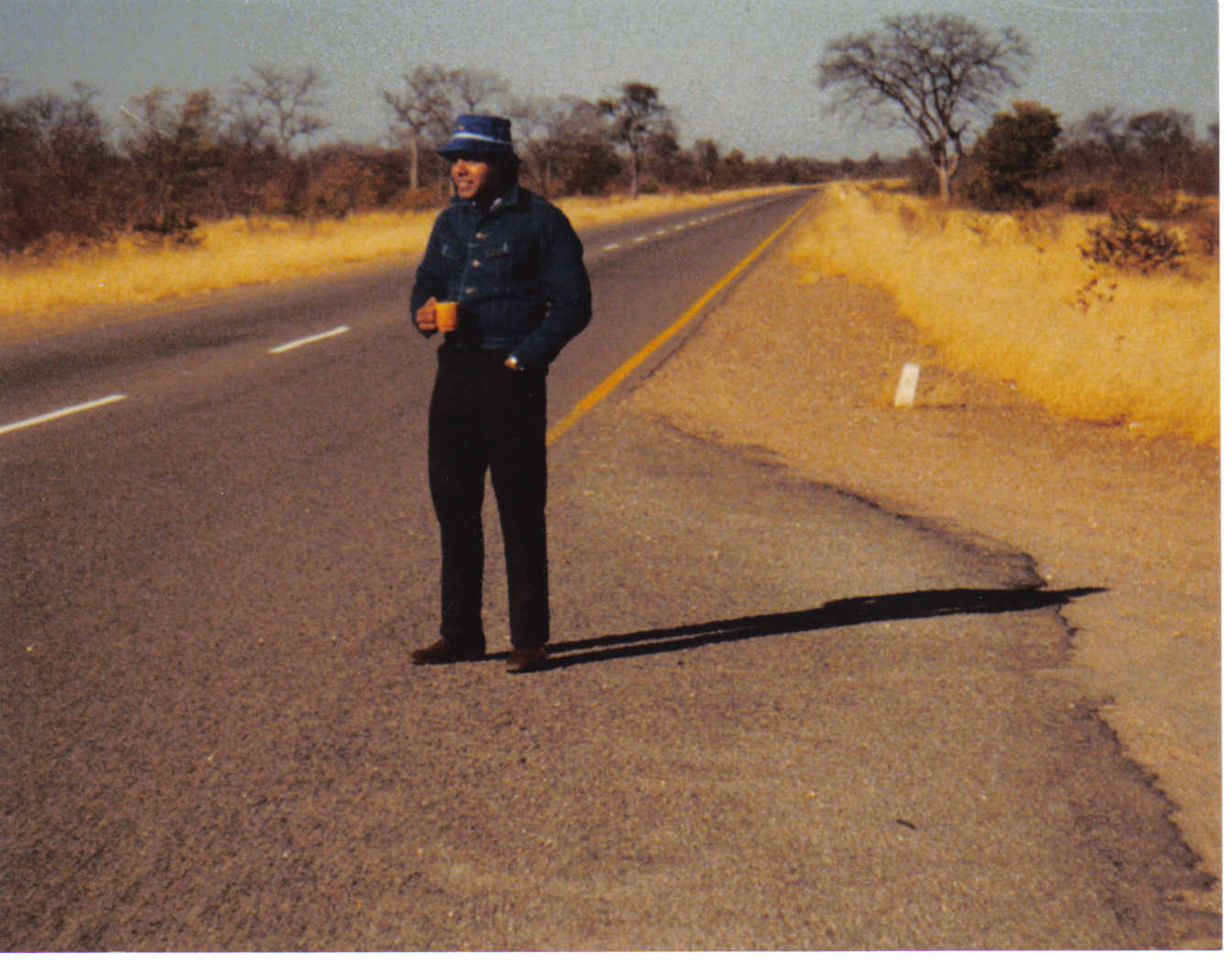
Seeing the success of the pony cars in the US and Europe, Toyota is stimulated to develop one of their own.
It needs to be sporty, stylish, and fun to drive, while retaining economy and affordability.
The work towards developing this new Toyota starts in 1967. As with the Ford Capri, to keep development costs down, it is built on the chassis of a regular production sedan. In the case of the Celica, it is the highly successful Corona. Although some credit the Carina.
Development of the Celica (Latin: “Celestial”) is initiated in 1967, and it is first showcased in the 1970 Tokyo Motor Show.
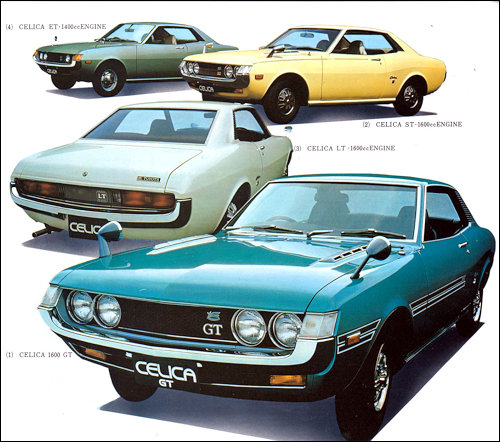
Toyota does a fabulous job with this Celica. It’s by far the most beautiful and classic shape as far as I’m concerned. Just like the VW Beetle, the Austin Mini, and the Mustang, the 1st Generation Celica has a look that stands the test of time. It has an “American” look – the country it’s likely targeted to. If it was larger, you would think it was an American car.
Four versions are made initially: The ET, LT, ST, and GT. A GTV is added in 1972. The overall shape remains the same, except for the liftback offered in 1973. There are interior improvements though which I’ll refer to later. I’m for aesthetics, and loathe to talk mechanical stuff as that gets a bit tedious. But here are some basic specs for you.
There are four versions of the Celica engine including the ET/LT/ST/GT
ET (1.4L 4 speed) – This is a Japan only model.
The rest are available for the export market, including:
LT (1.6L 5 speed) – Single carburetor 2T engine.
ST (1.6L 5 speed) – Twin downdraft-carburetor 2TG engine.
GT (1.6L 5 speed) – Twin Mikuni-Solex carburetors and a DOHC engine.
Offered in 1972, the GTV has the GT engine, but without the frills of the latter which are offered as optional. The GTV also had a firmer, sporty suspension.
For the United States, bigger engines are used ranging from 1.9L to 2.0L. The ’75-’77 upgrades include a 2.2L engine. I’ve included a link at the end of this post for more specs.
Let’s look at some of the other details for this generation.
The ST is the first Celica exported to the US. Until now, it is pretty basic in its offerings. But the GT changes this as it comes with tinted windows, A/C, power windows – which were big for the 70s. Also, the GT has a more extensive instrument panel and stylish steering wheel. Well received in the US, it earns Motor Trend’s “Import Car of the Year” award in ’74, ’76, and ’77.
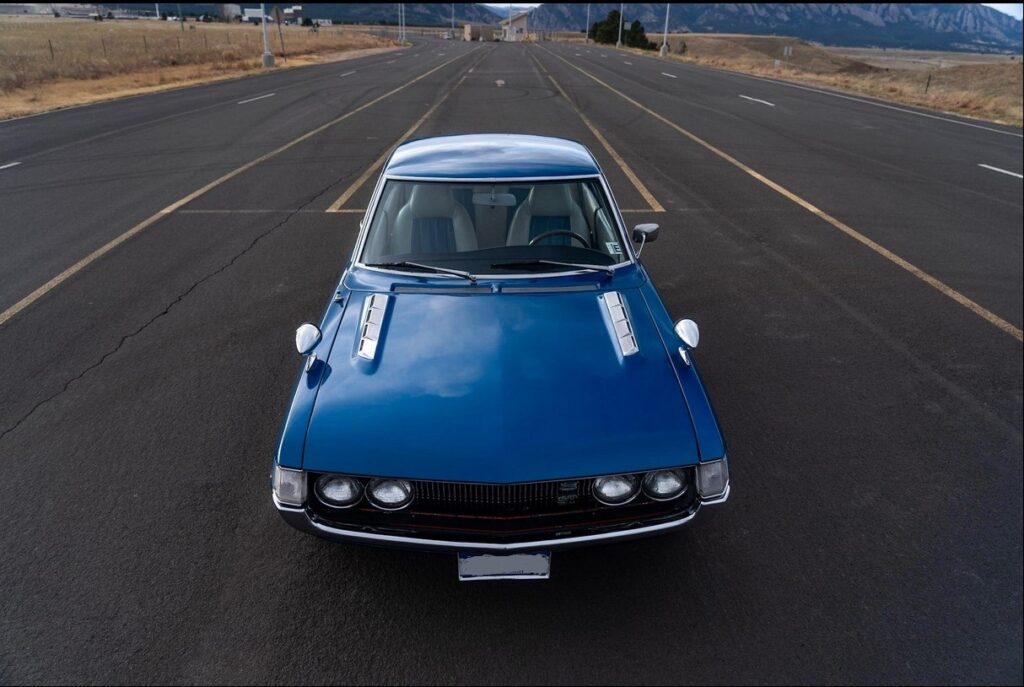
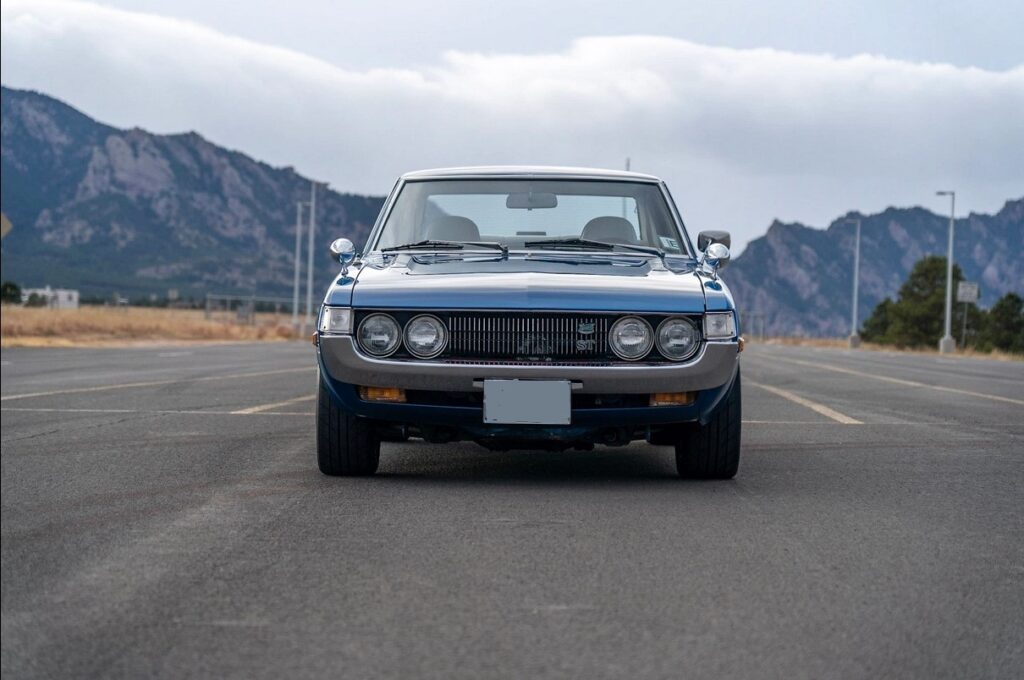
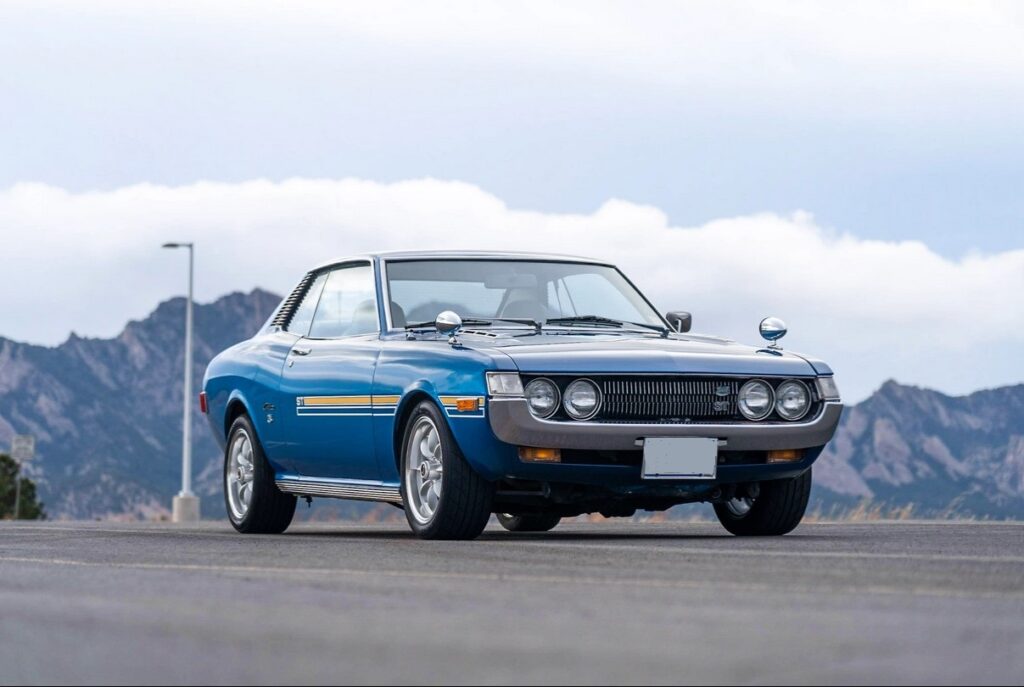
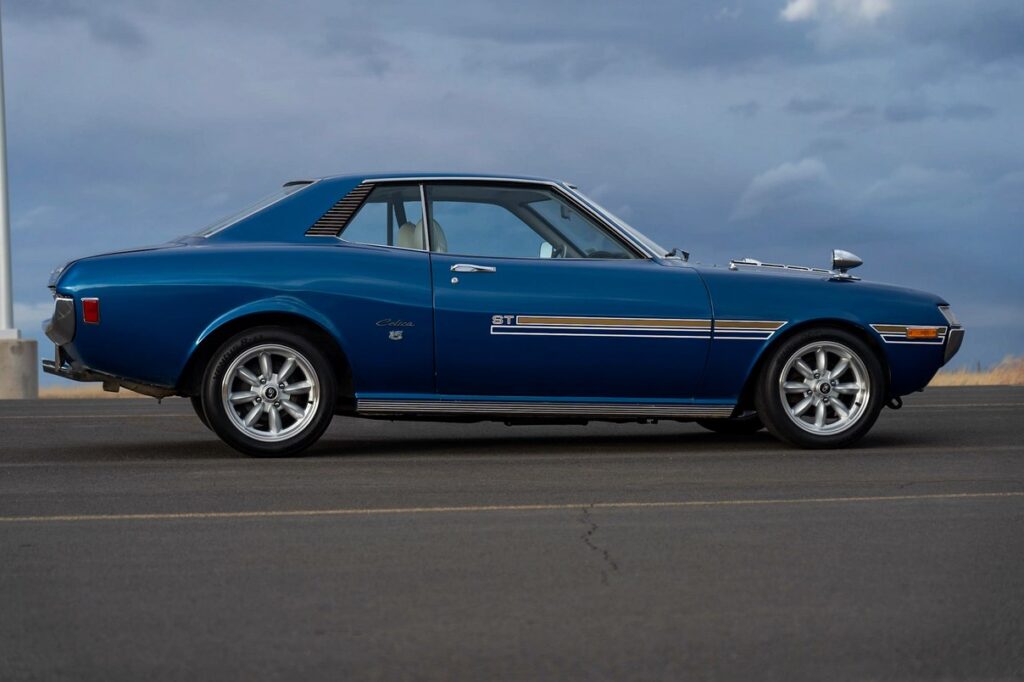
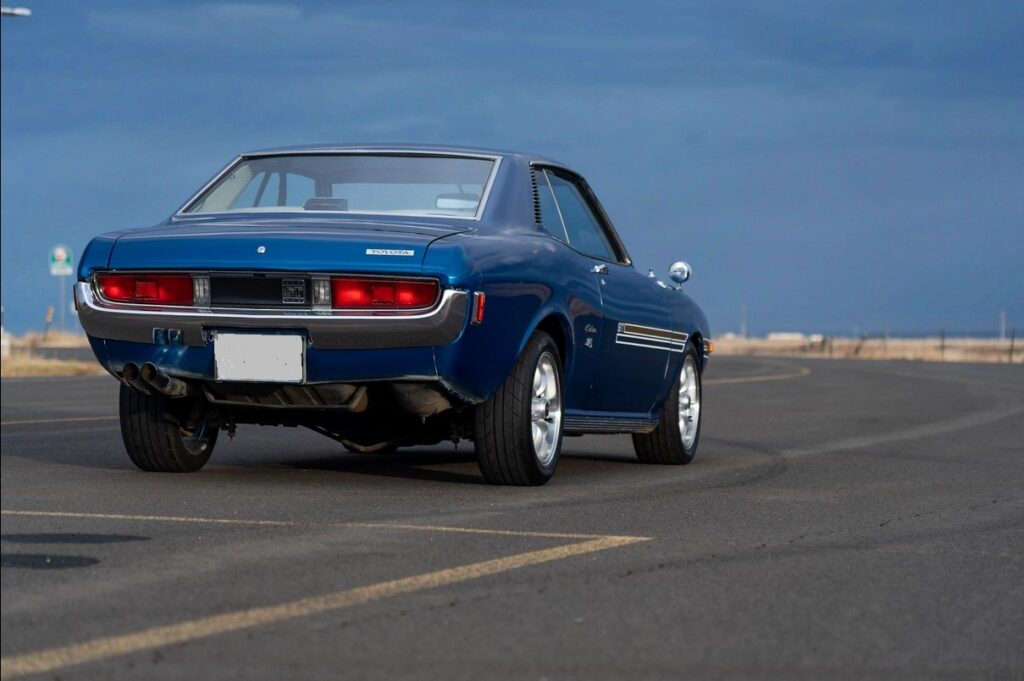
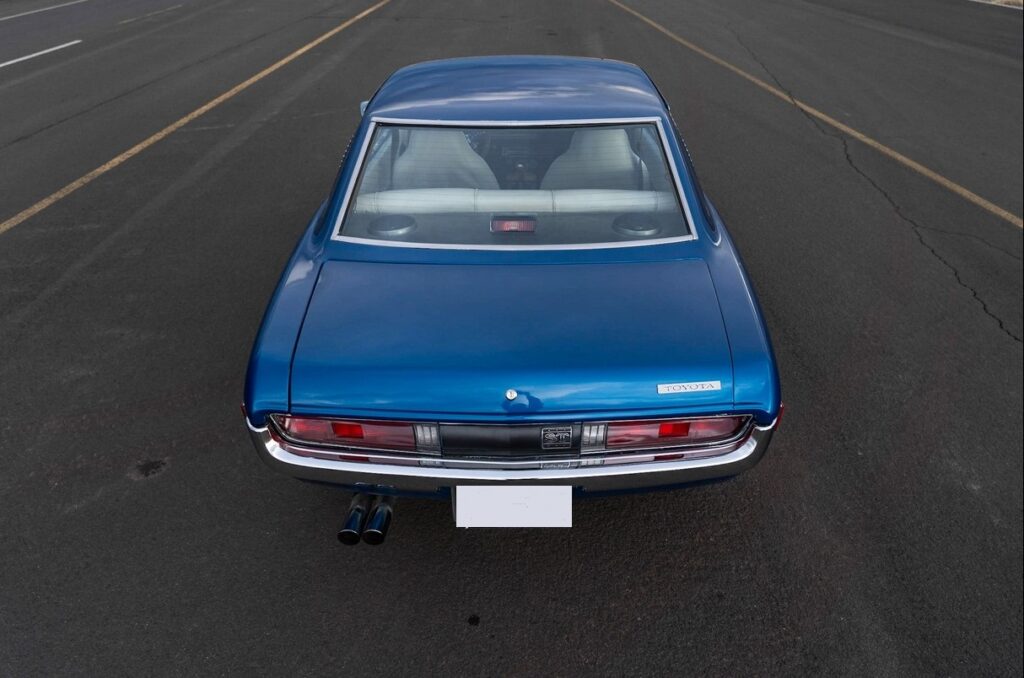
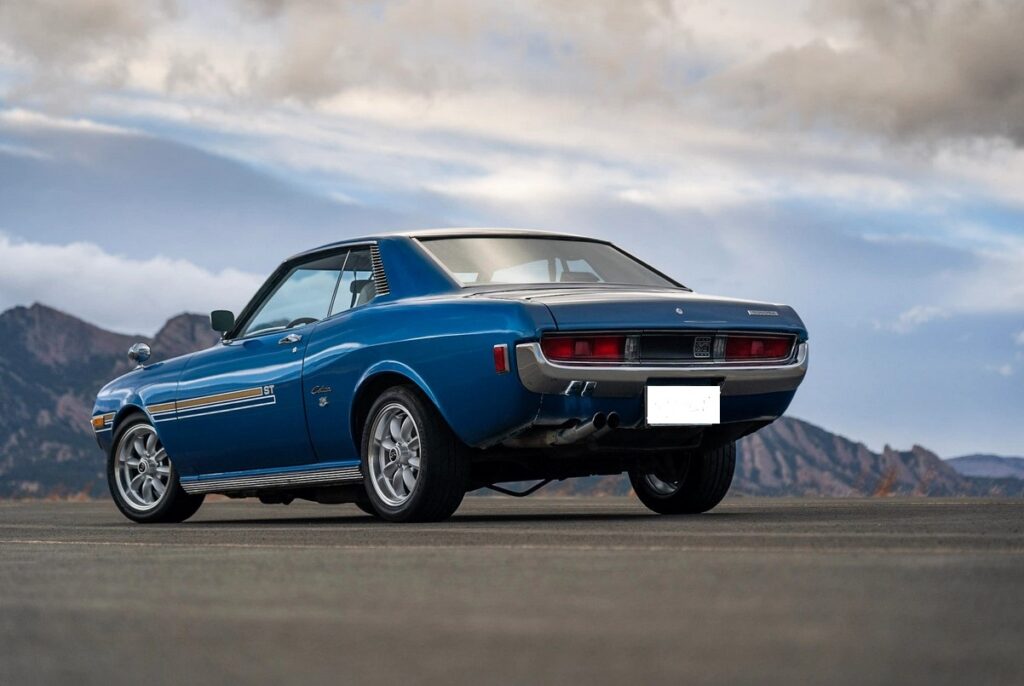
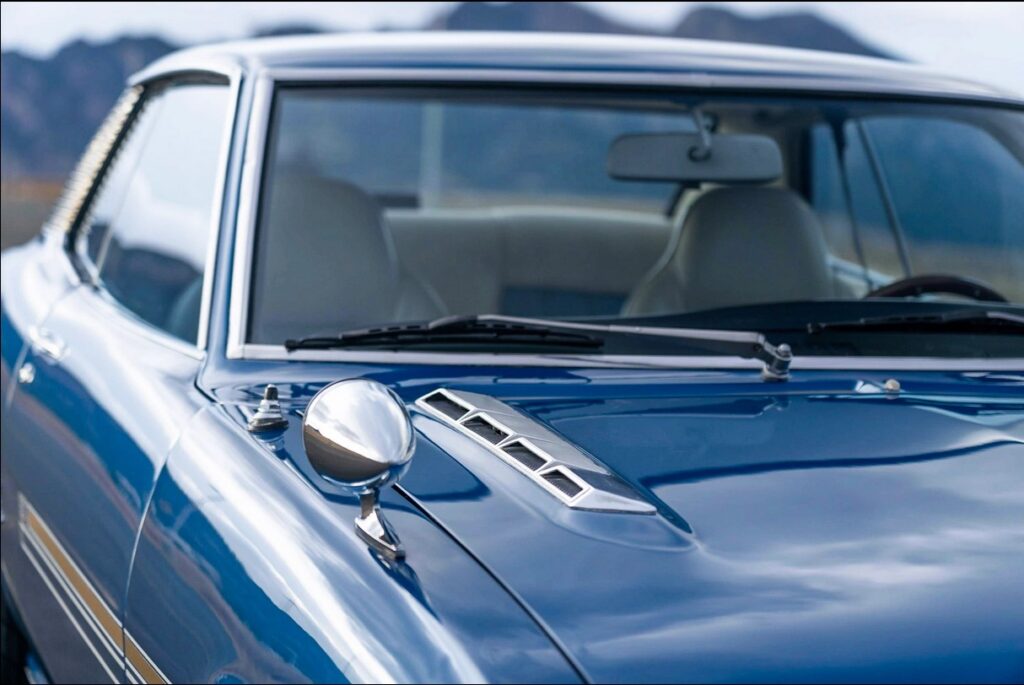
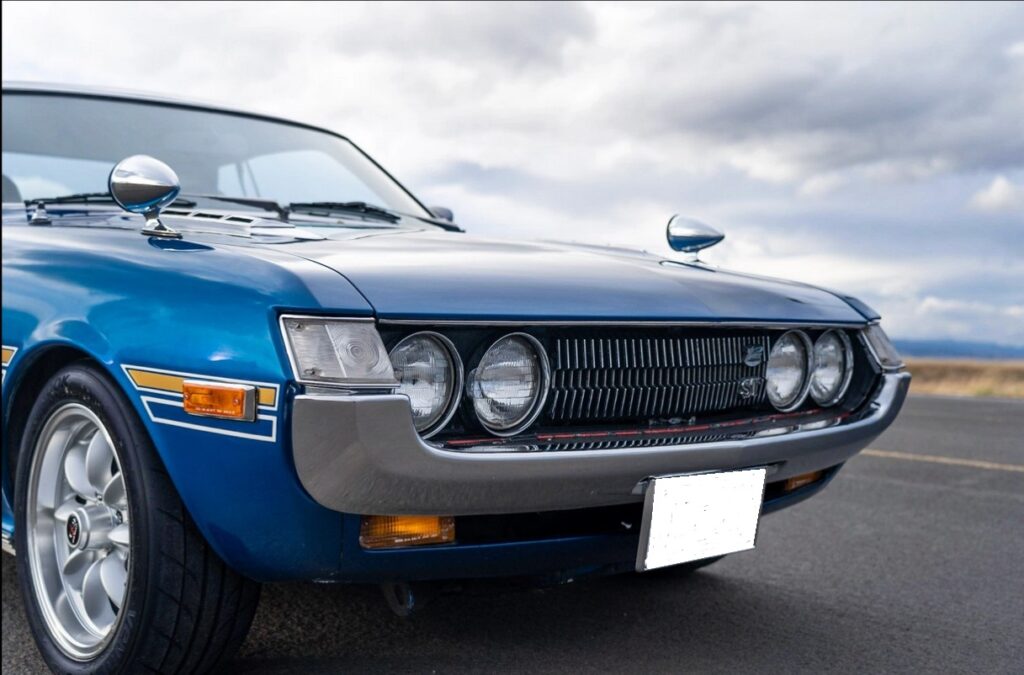
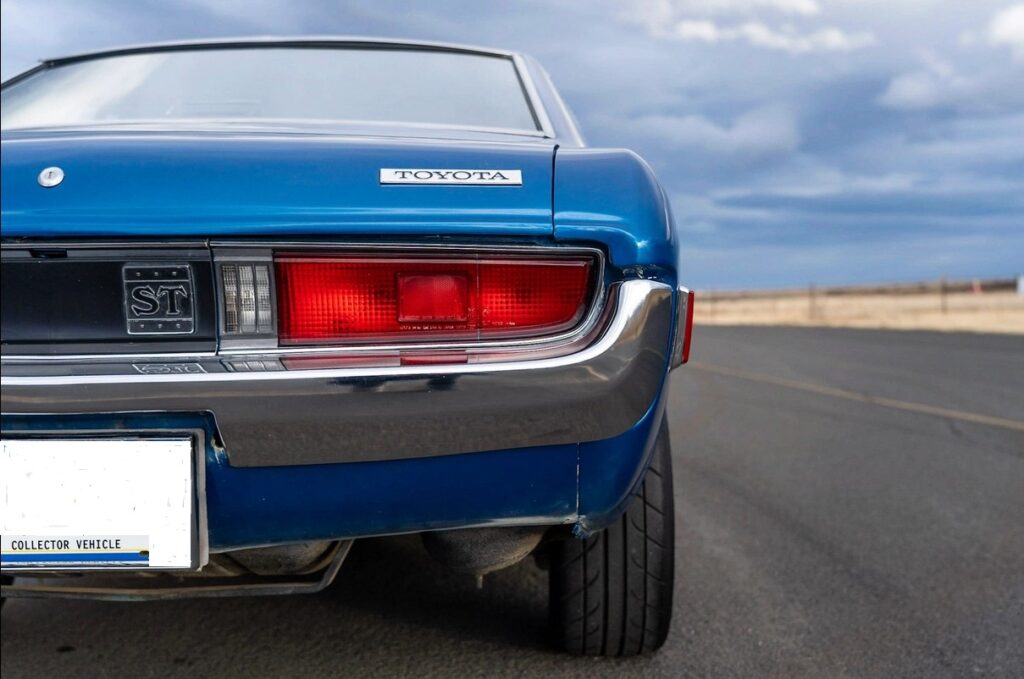
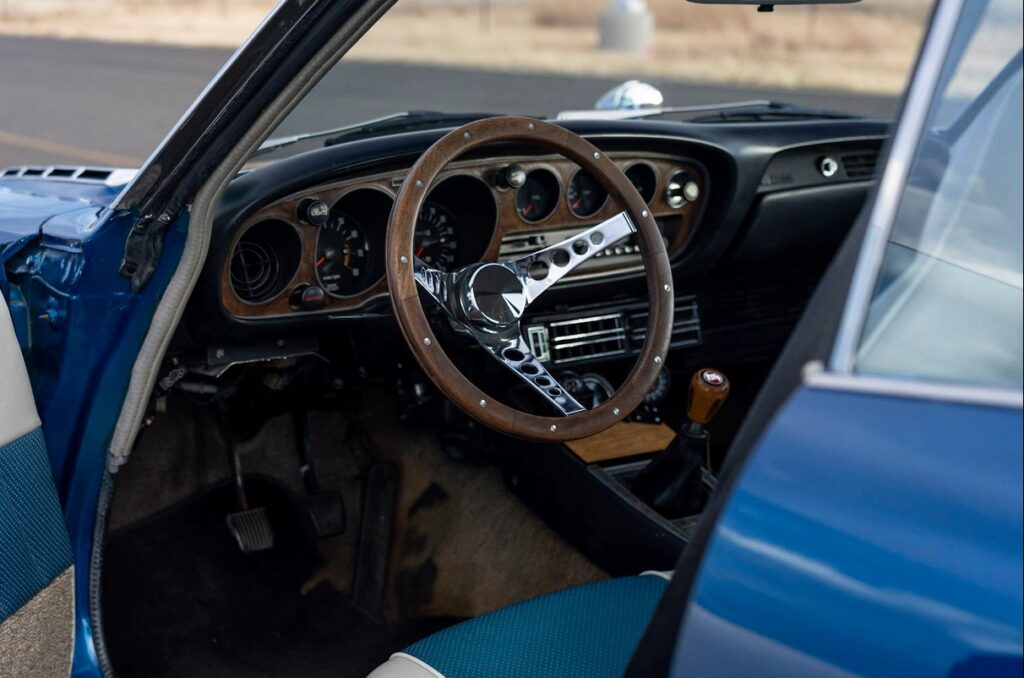
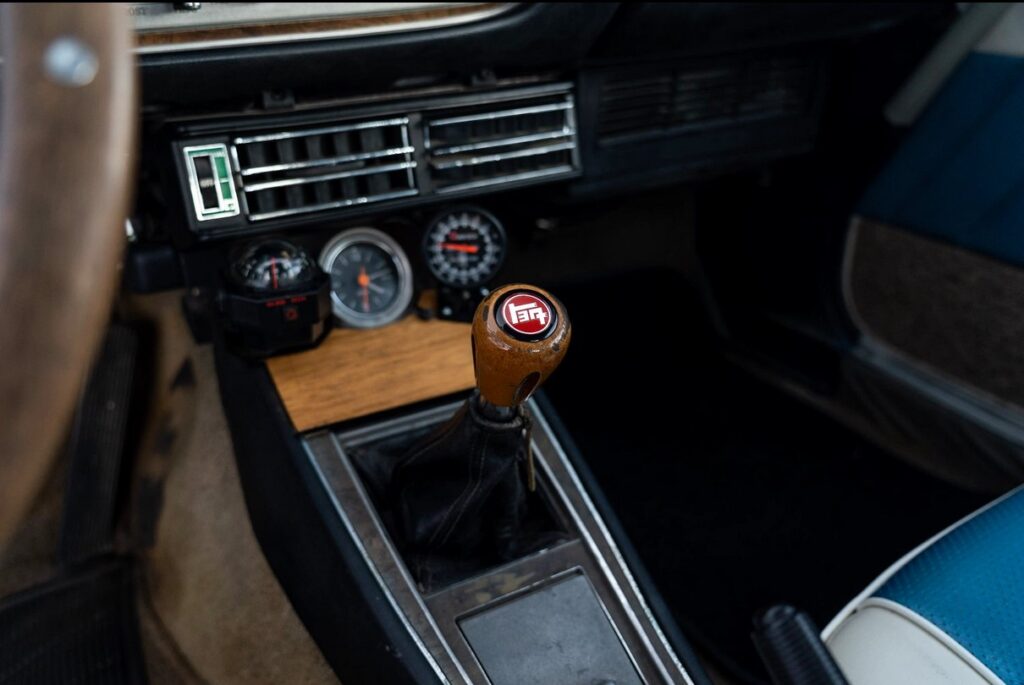
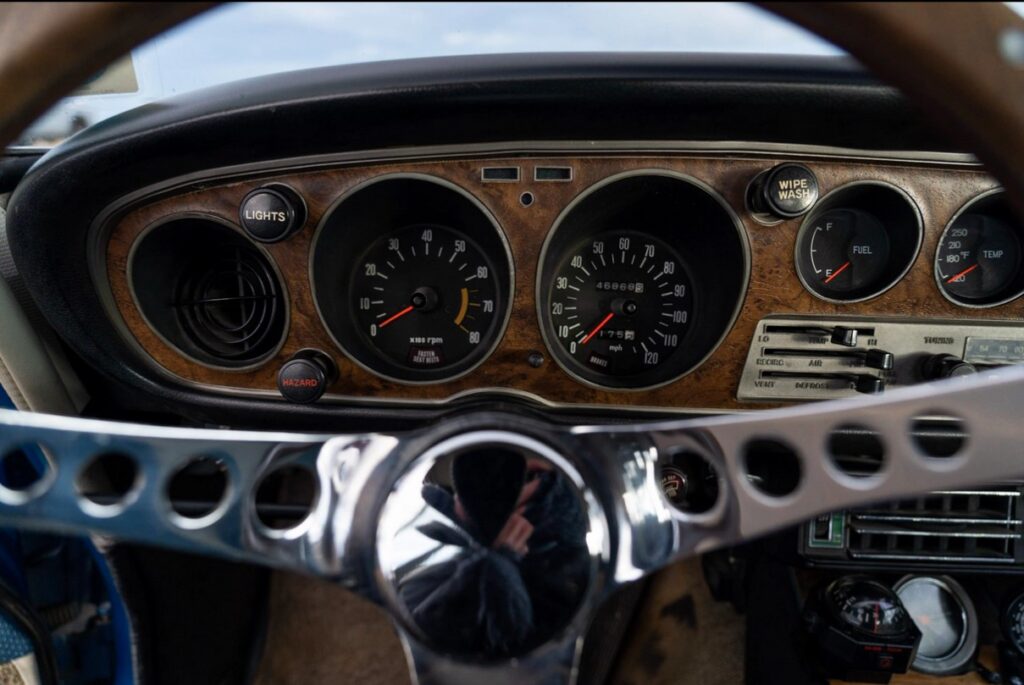
Until now, the Celica is a coupe with a pillar-less door, and a hard-top roof. Over the years, the fascia changes from a slanting nose to a flat one with bigger bumpers. In 1974, the “liftback” is introduced, along with a sweeping rear and fancy lights emulating the Mustang, and other American cars.
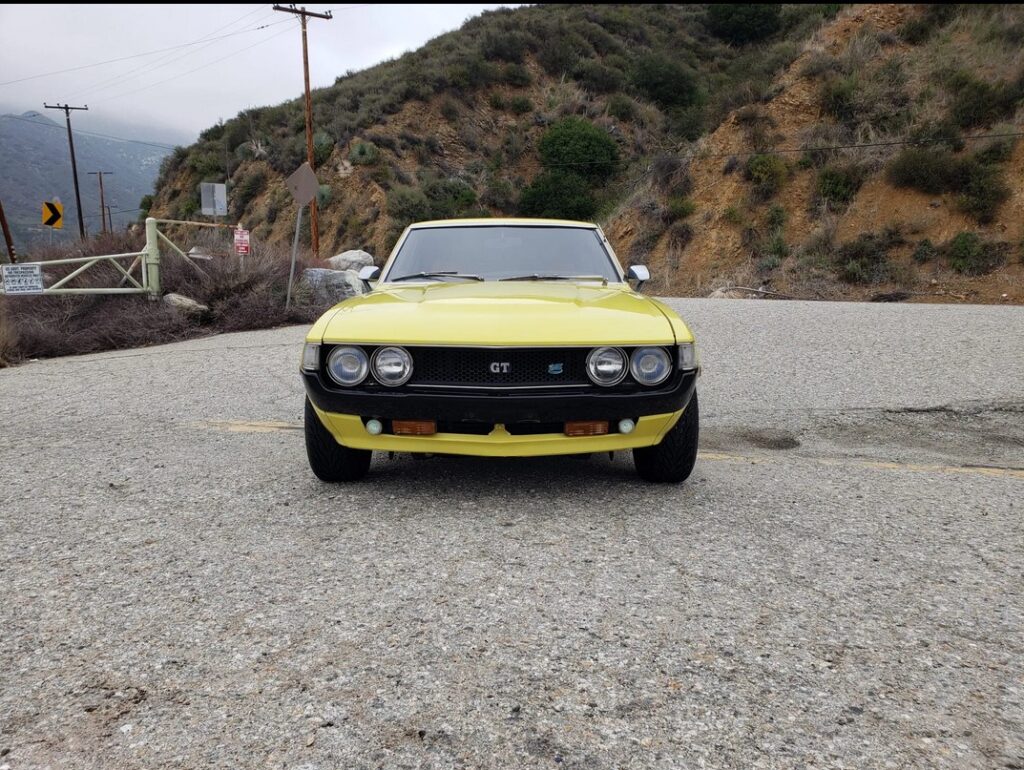
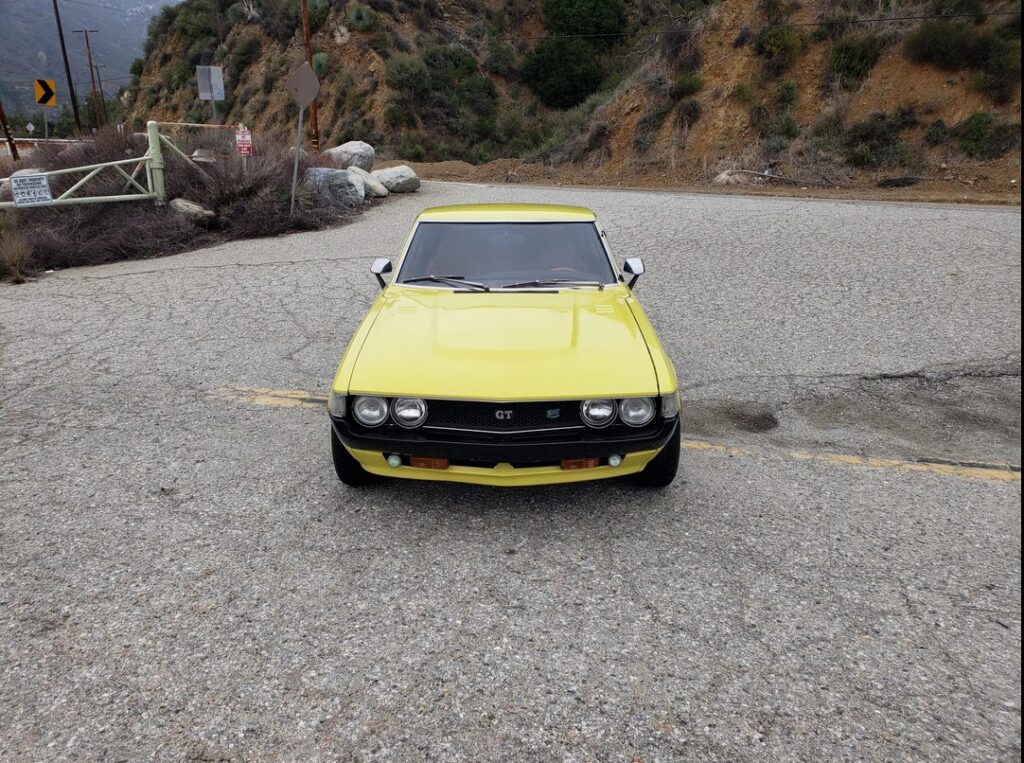
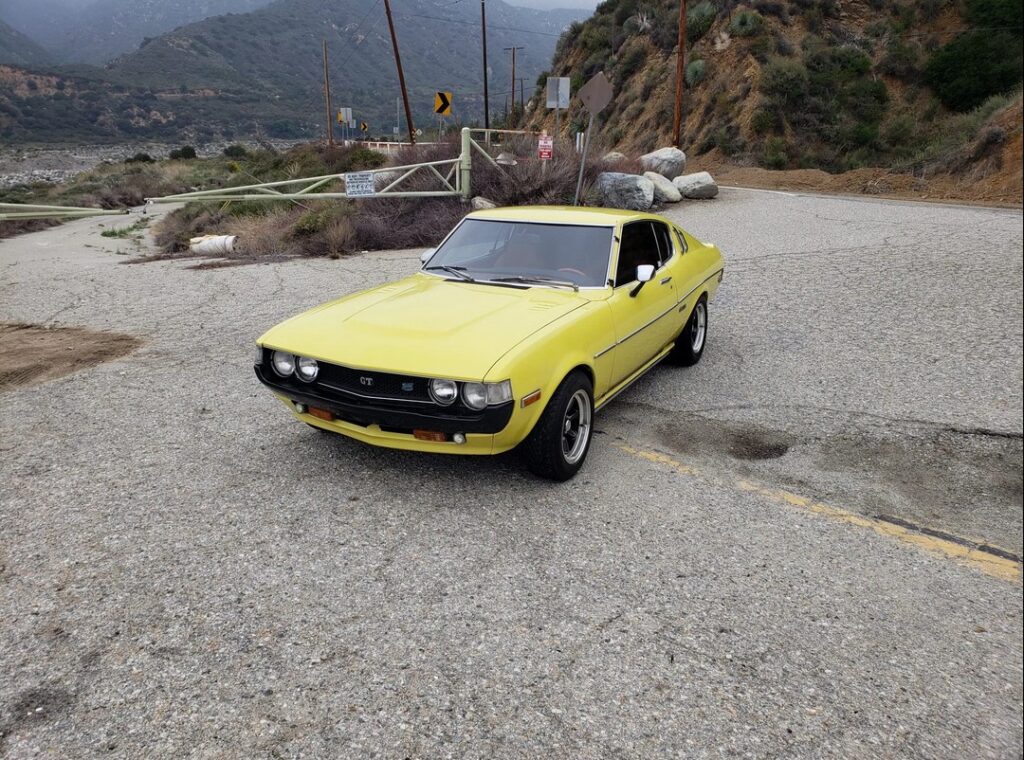
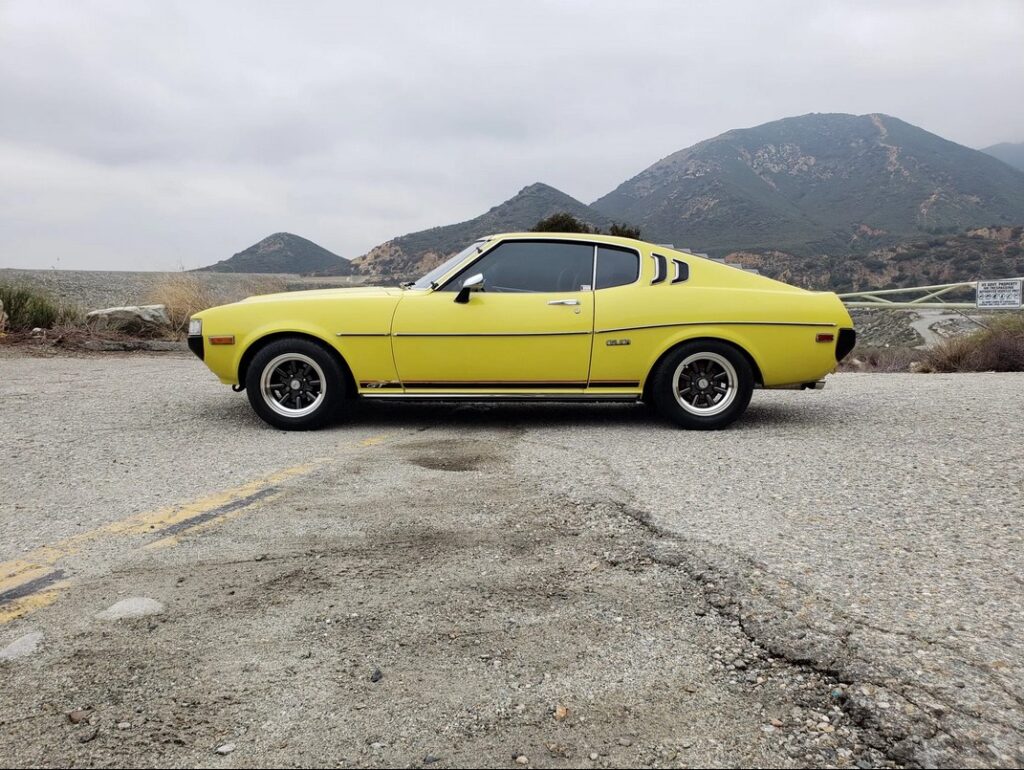
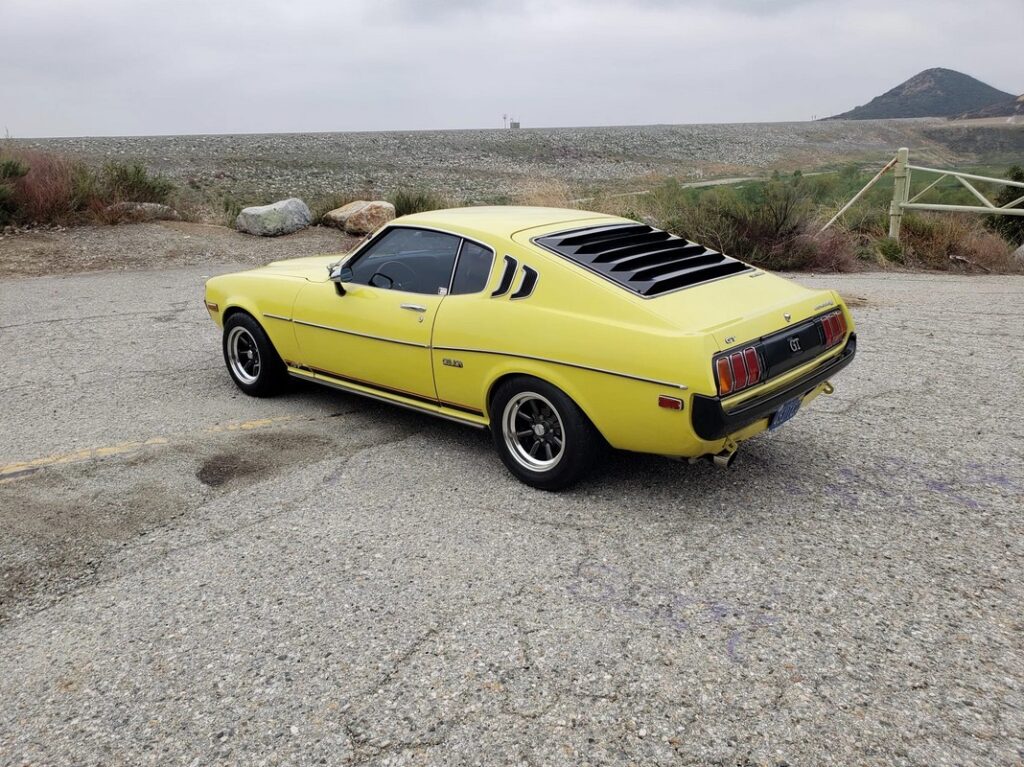
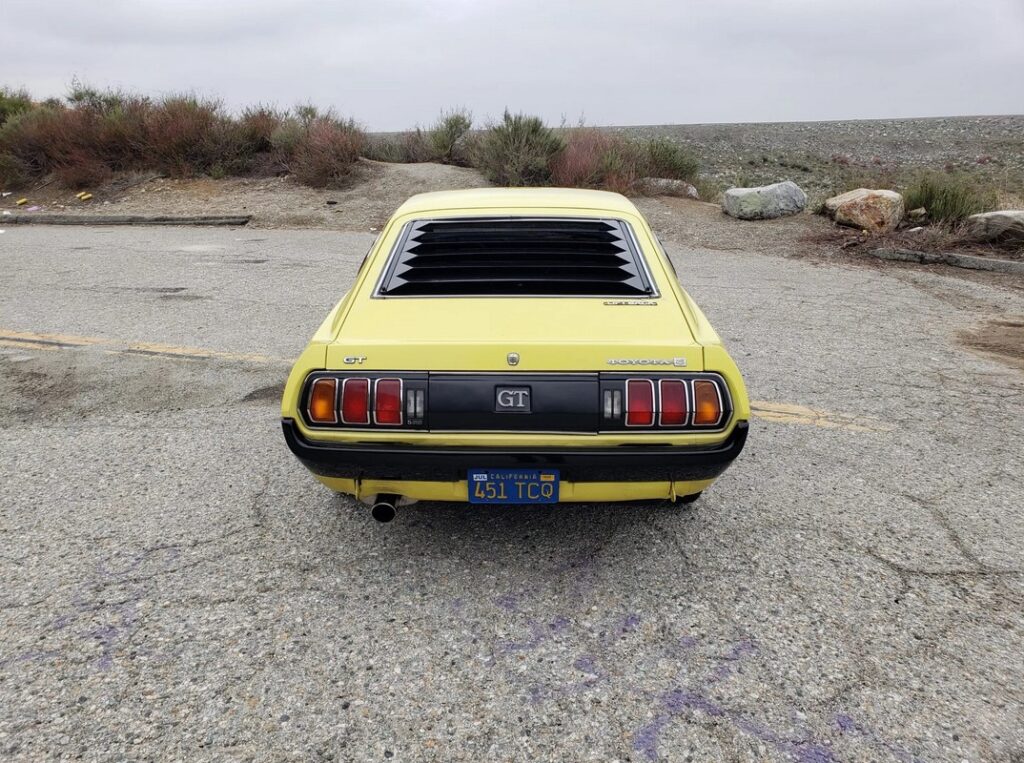
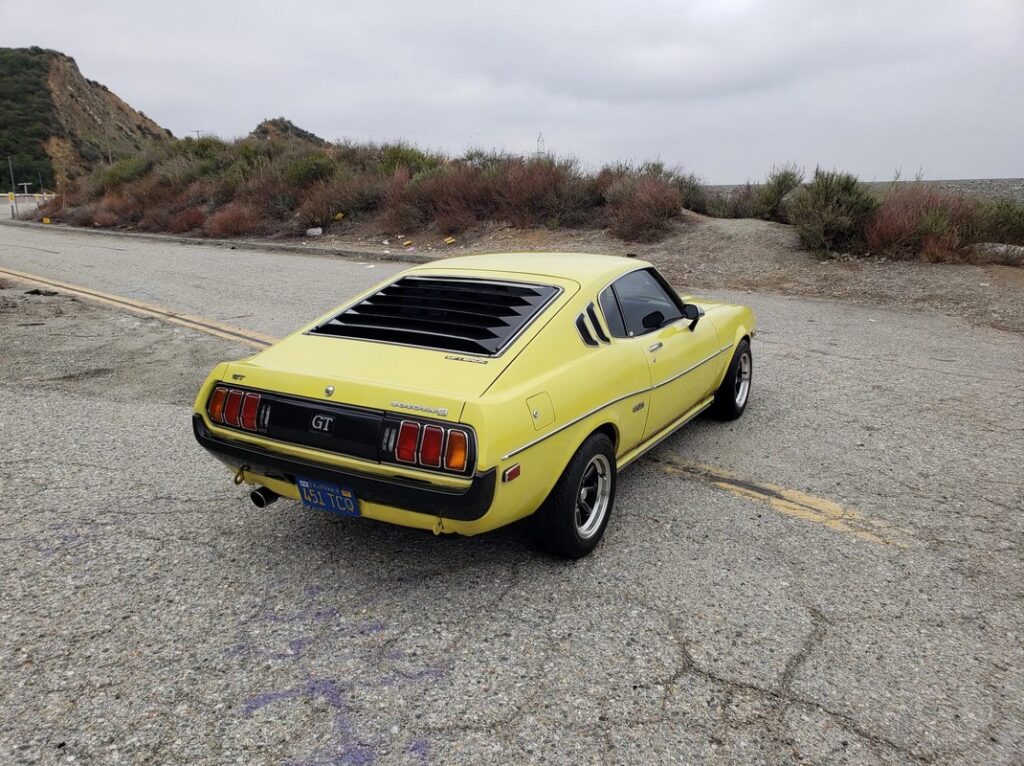
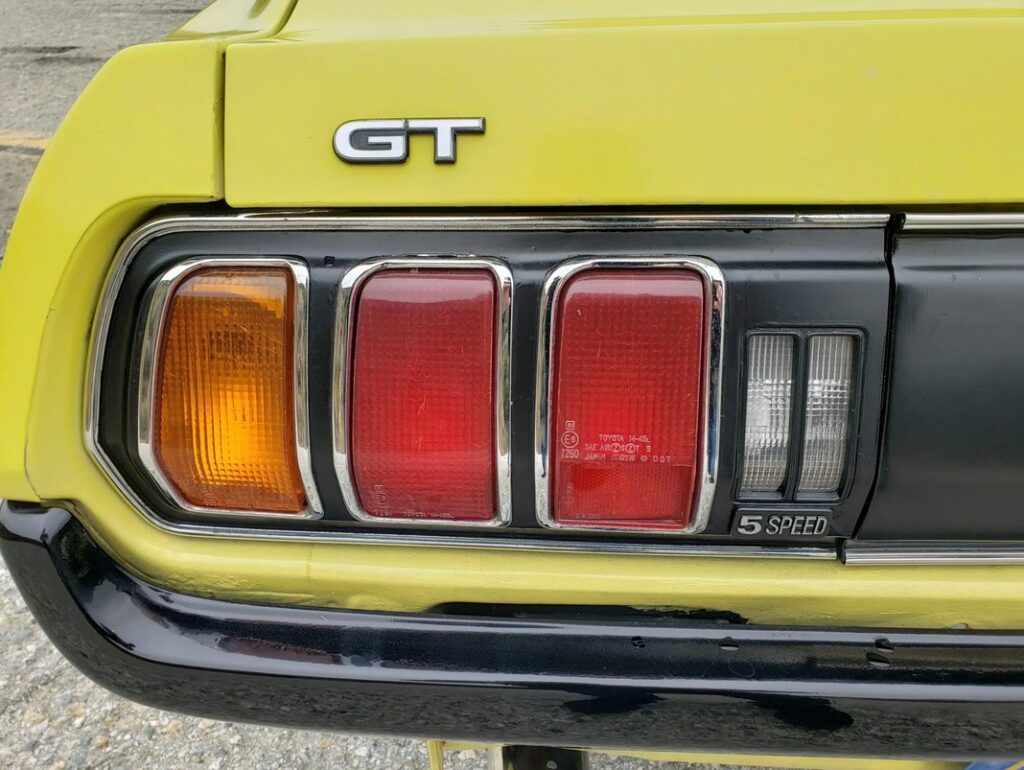
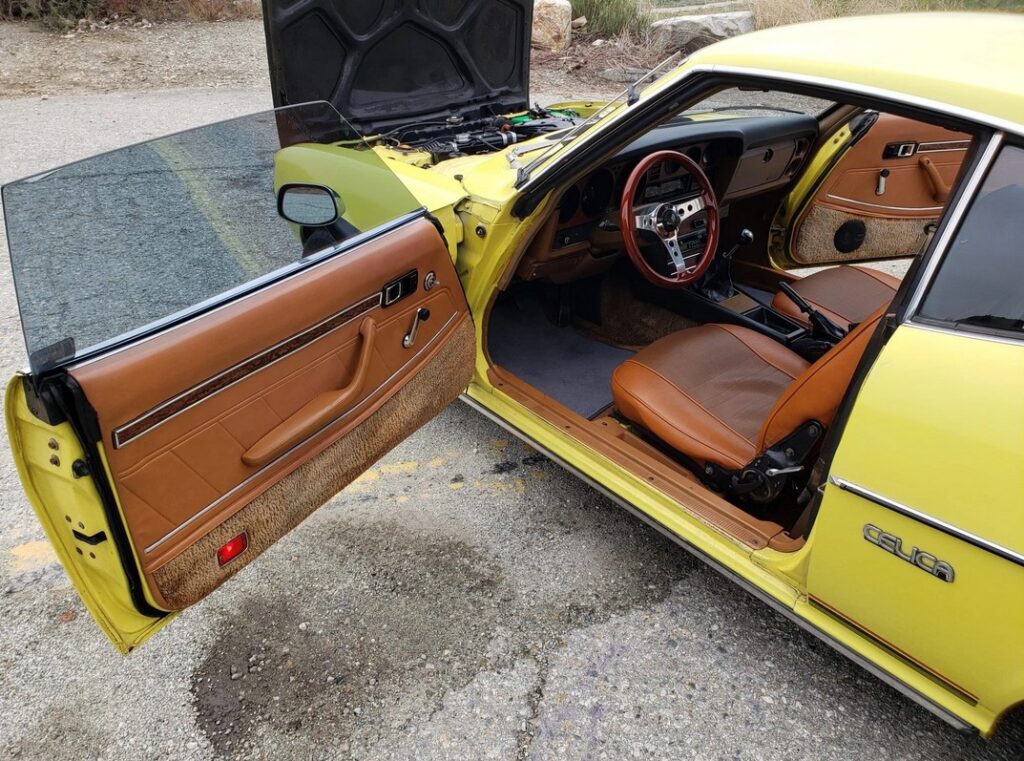
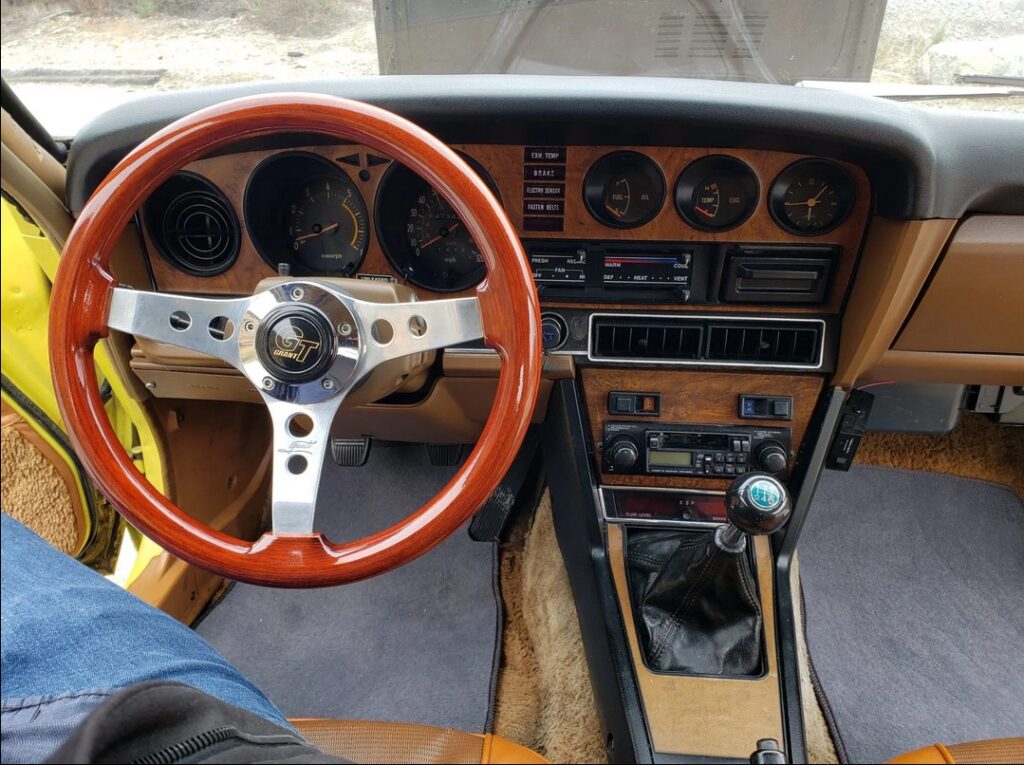
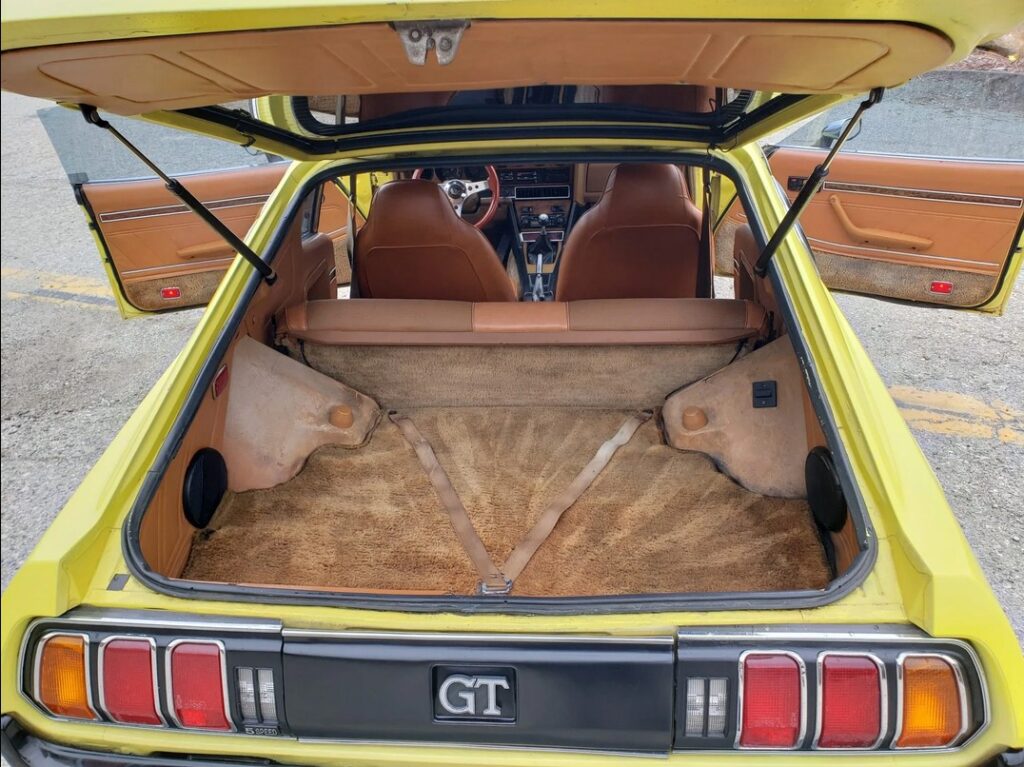
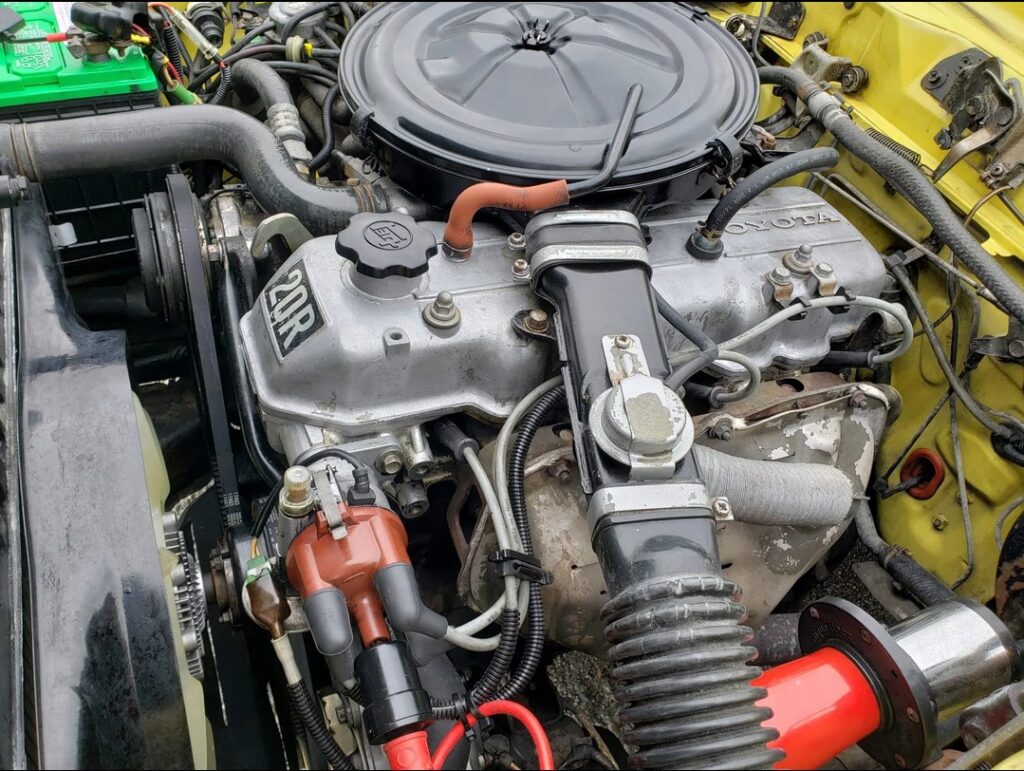
By 1977, Toyota Celica achieves its aim of becoming a “driver’s” car the world over. Borrowing styling cues from American cars with a bit of zip, without being a gas guzzler, Toyota straddles both worlds: economy and fun drivability – and, of course, looks.
The first-generation Celica has the enduring looks that make it a classic to this day. Its style continuously evolves but 1978 onward, for me, it seems to lose that special something. The love for pony cars has cooled. From the late 70s through the 80s and 90s there seems to be some loss of personality in all cars. Designs go into a state of flux as tastes change. And along with it, interest in cars like the Celica. Despite re-designs and victories on the racing circuit, the demand for Celicas continues declining.
It’s not until 2003-05, that the 7th generation Celica returns with a fresh exciting look. Over the years, Toyota has developed the Supra and MR2, taking away attention from the Celica. But the 7th generation Celica looks good. Sporting a Corolla engine, it has a “conservatively edgy” look to it. Unique enough to stand out while being easy on the wallet.
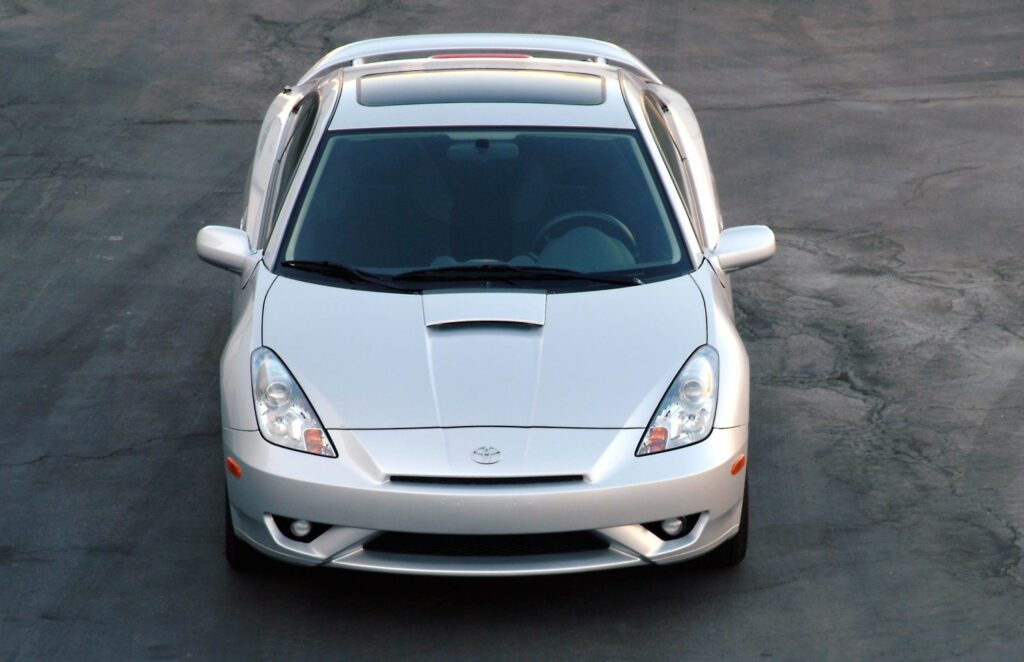
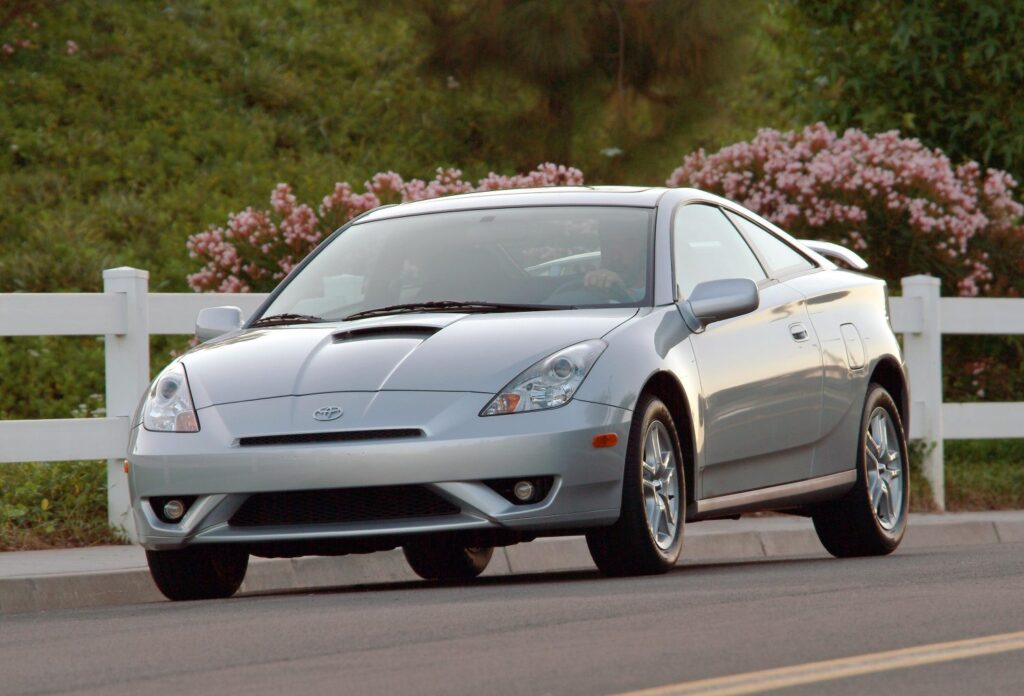
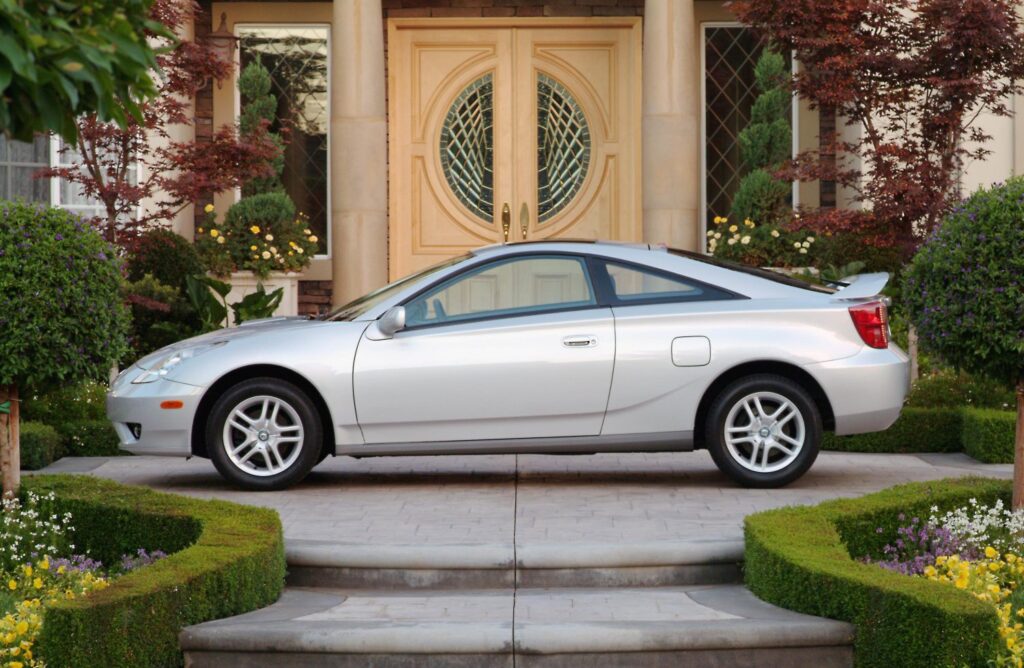
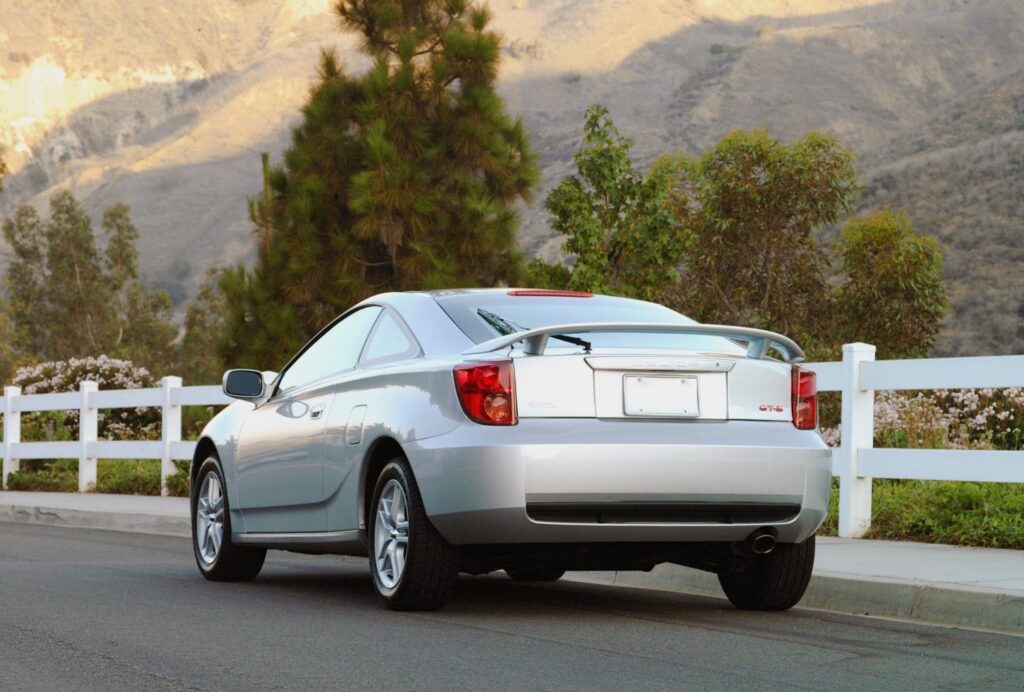
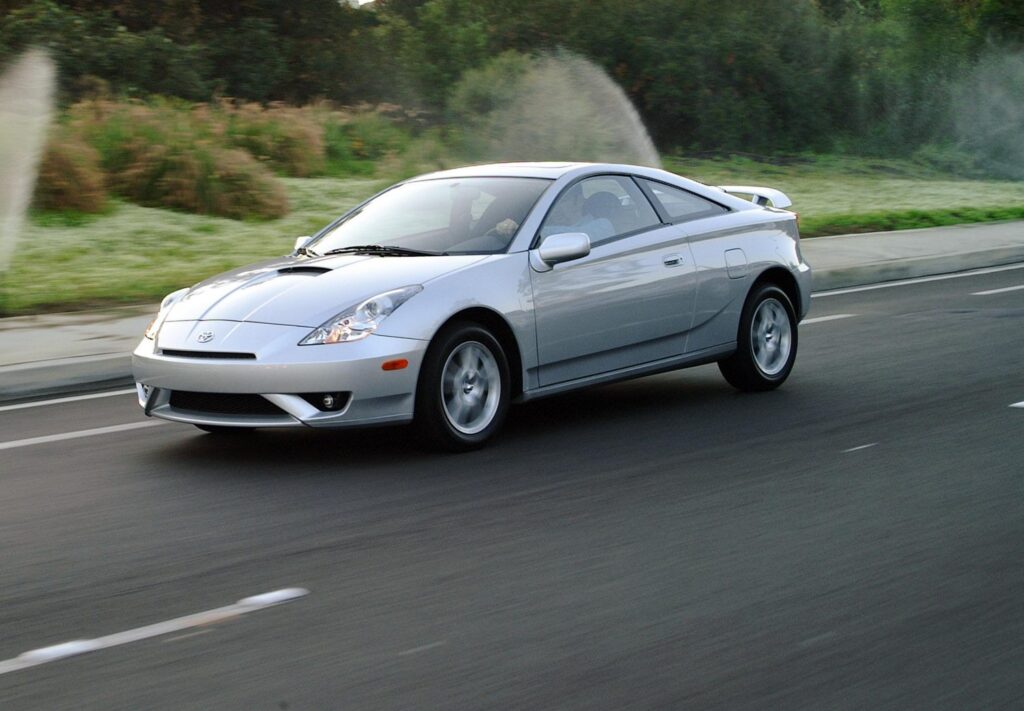
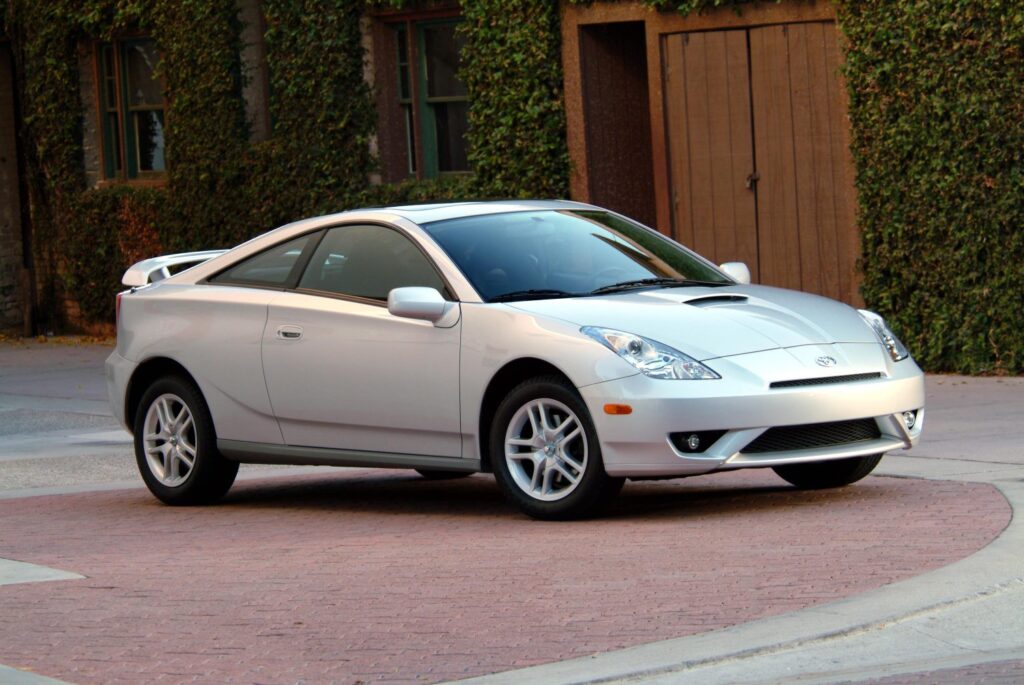
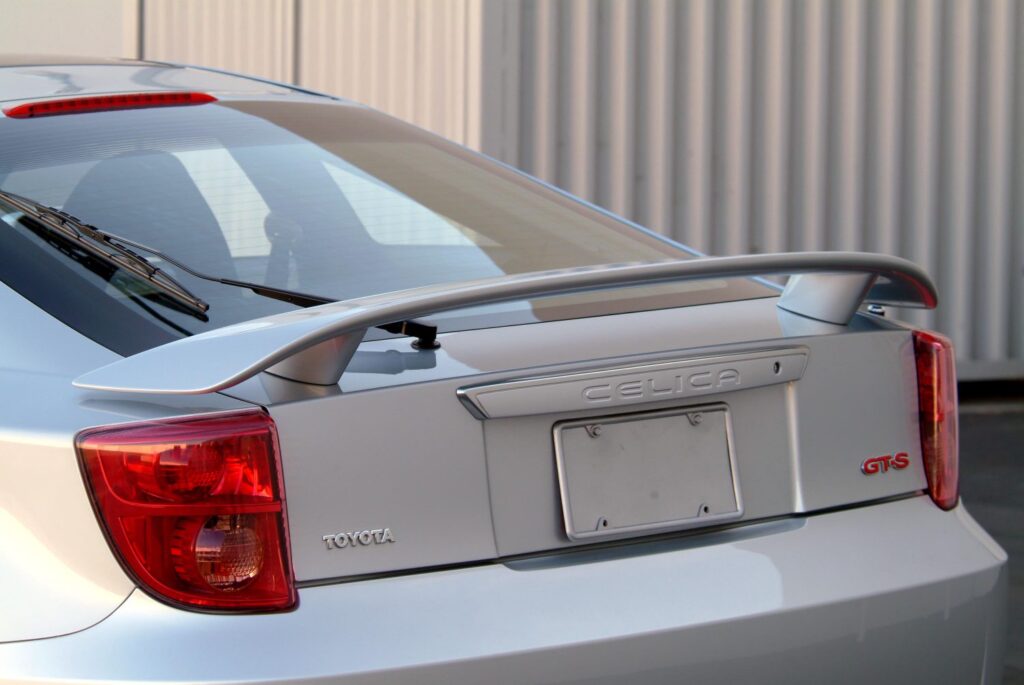
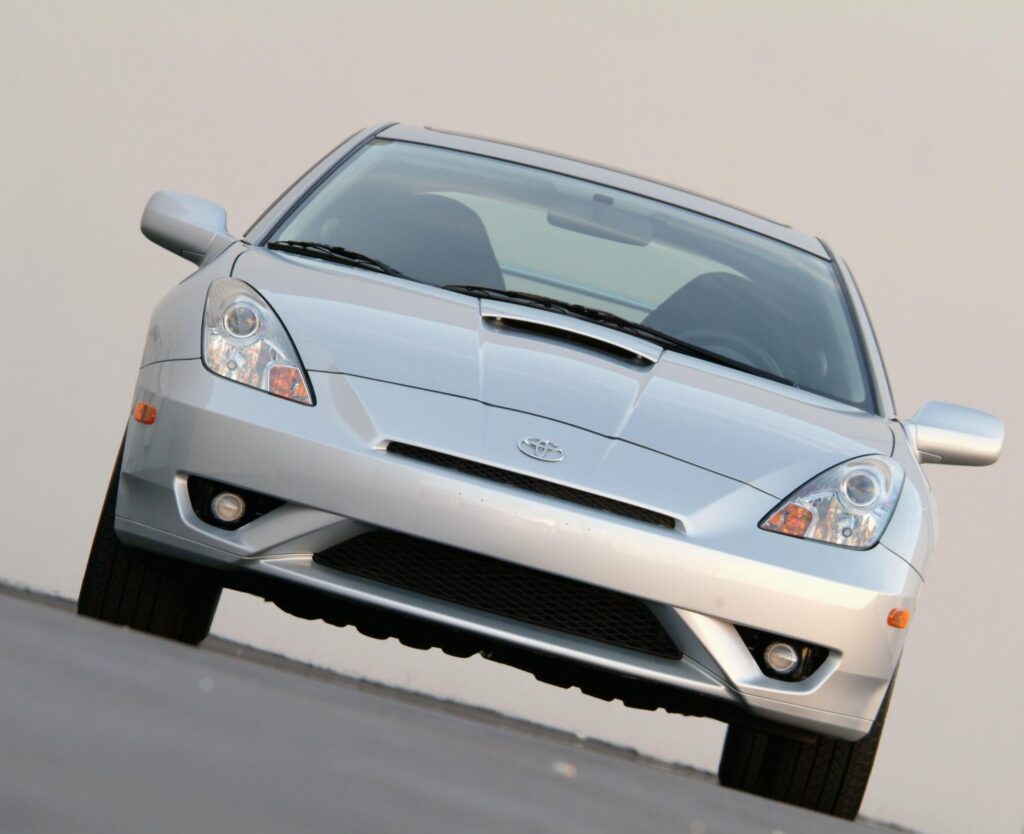
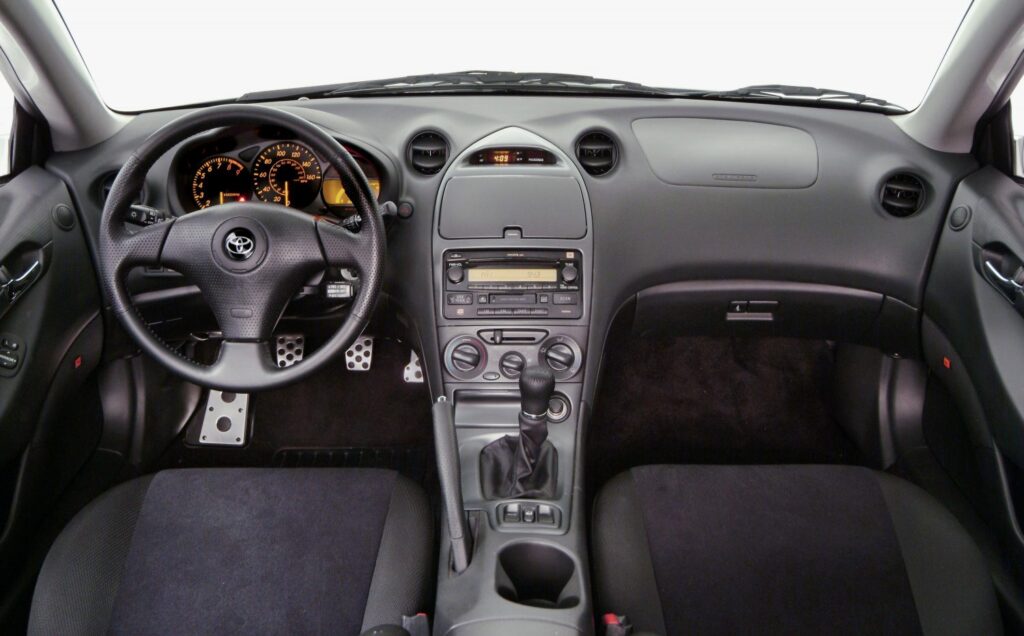
But this last Celica is retired in 2006.
I suspect the mantle was passed to the Scion TC. The TC, targeted to the youth, had an economy sports car feel to it resembling the Celica.
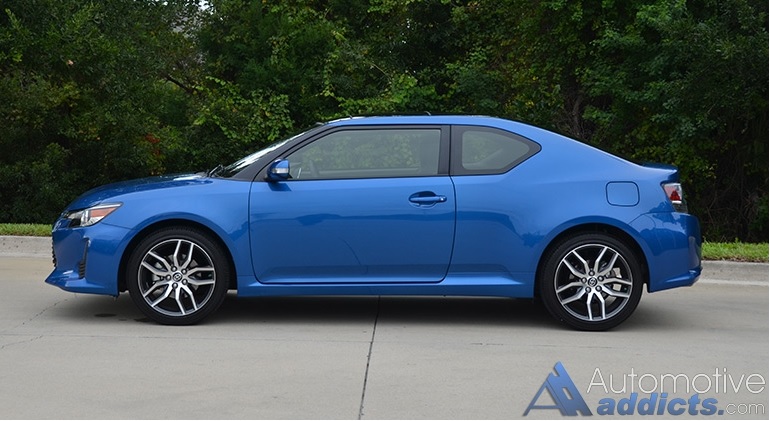
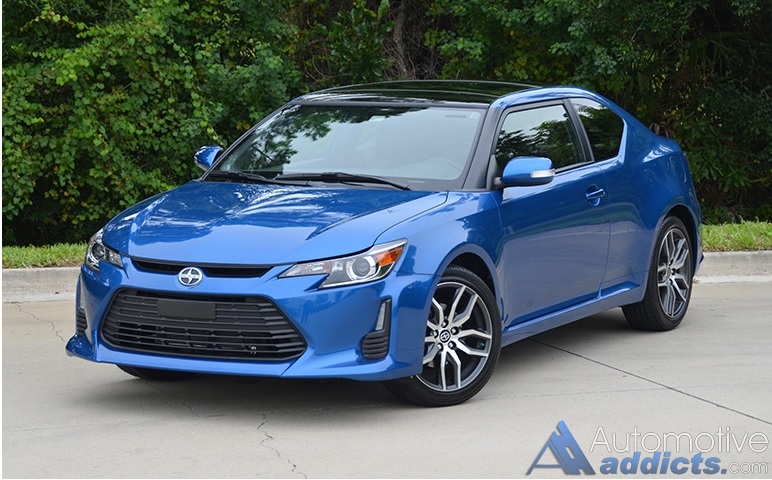
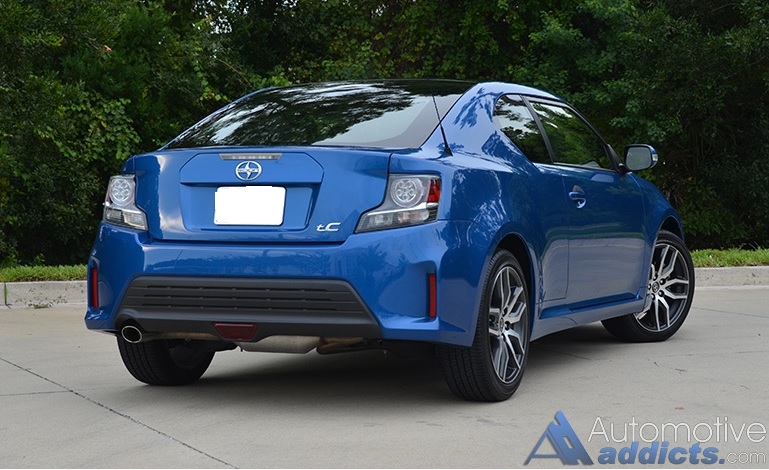
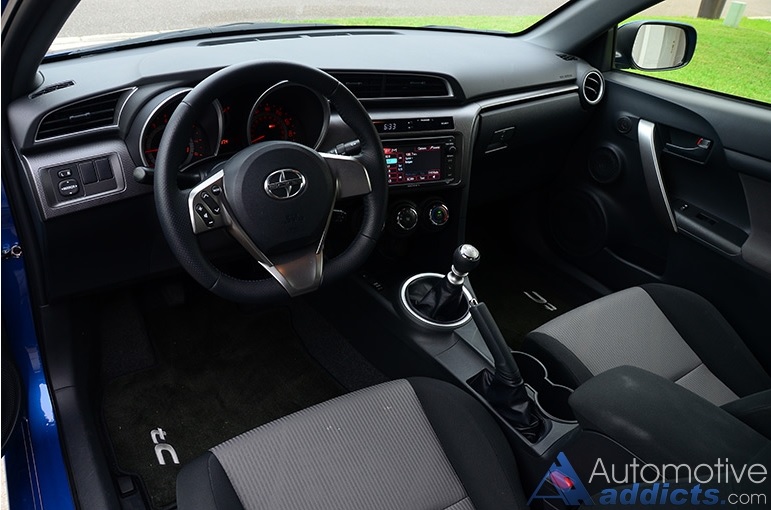
But Scion too retired in 2017 leaving the Toyota 86 as the closest thing to a modern Celica. Is Toyota working on a plan?

2020 Toyota 86
There’s talk of Toyota on relaunching the Celica. Having re-launched the Supra after retiring it some years back, could Celica be next?
Since Toyota holds the copyright for the Celica name, I wouldn’t be surprised to see it return. But that decision may be influenced on current trends. In any case, the first generation of the Celica’s place in automotive history is legendary.
ElectricFederal / YouTube.com
Feel free to share any thoughts using the link below.
Quick History of the Chevy Bel Air
Delahaye – The Lost French Icon
Rover 2000 – “Rebel of the Family”
Thaps On The Cars of Our Lives